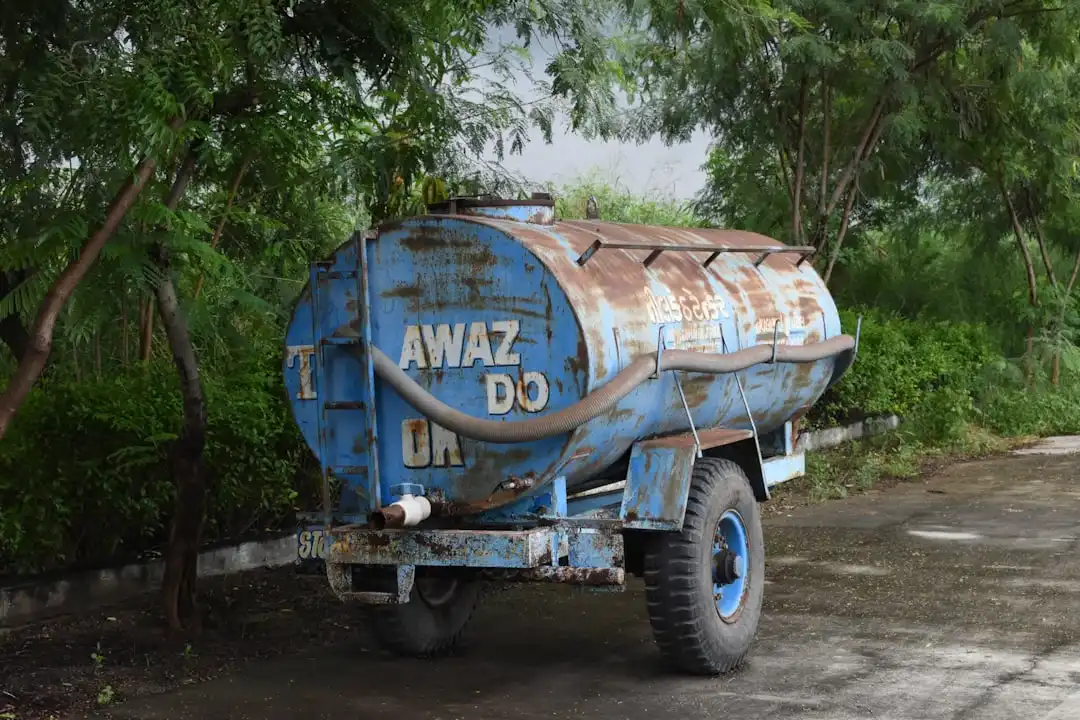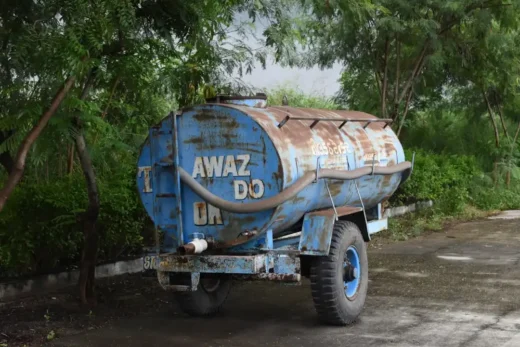How tank monitoring improves efficiency and prevents costly downtime, Home Advice
How Tank Monitoring Improves Efficiency and Prevents Costly Downtime
25 March 2025
In industries where operations depend on fuel, water, chemicals, or other liquid resources, tank monitoring is more than a convenience—it’s a necessity. Whether you’re managing an agricultural site, construction fleet, manufacturing plant, or fuel distribution system, having visibility into tank levels and conditions can significantly improve operational efficiency and reduce the risk of unexpected disruptions.
Manual inspections and outdated tracking systems often result in delayed refills, undetected leaks, or incorrect data—all of which can be costly and dangerous. With advanced tank monitoring technology, businesses gain real-time insights that not only streamline operations but also contribute to smarter decision-making and long-term savings.
Here’s how implementing modern tank monitoring systems helps businesses avoid downtime, optimize resource use, and enhance safety across the board.
Real-Time Visibility and Proactive Replenishment
One of the primary benefits of tank monitoring is the ability to view tank levels in real time. Whether you’re dealing with fuel, chemicals, or industrial liquids, knowing exactly how much product is available at any given moment is crucial to keeping operations running smoothly.
Real-time monitoring systems send continuous data to a central dashboard, allowing operators to detect low levels before they become critical. This proactive approach enables timely deliveries and prevents service interruptions that could otherwise halt production or delay service. For companies with multiple tanks across various locations, the ability to monitor all assets from a single interface increases control and operational efficiency.
Reducing Human Error and Labor Costs
Manual tank checks often require personnel to travel to remote or hard-to-access sites, climb ladders, or use dipsticks to measure levels. Not only is this time-consuming, but it also introduces the risk of human error. Misread measurements can result in premature orders, overfills, or unexpected shortages.
By automating the monitoring process, businesses reduce their reliance on manual labor and minimize the risk of inaccurate reporting. Employees are then free to focus on higher-value tasks, which boosts productivity while also enhancing workplace safety by keeping workers out of potentially hazardous environments.
Preventing Costly Downtime in Critical Operations
Downtime in any operation is expensive. For fuel-dependent industries like transportation, construction, or emergency services, running out of products can cause significant delays and revenue loss.
Even in less time-sensitive environments, production stoppages due to supply shortages can create a ripple effect that affects scheduling, client satisfaction, and employee efficiency. Integrating accurate fuel level monitoring into your operations helps you detect patterns in usage, predict depletion timelines, and schedule deliveries before you hit critical levels. This data-driven approach prevents costly shutdowns and allows for more consistent performance across projects and departments.
Improving Inventory Management and Forecasting
Understanding how resources are consumed over time allows businesses to make smarter inventory decisions. Tank monitoring systems collect historical usage data, which can be analyzed to identify trends, peak usage periods, and inefficiencies.
This insight helps in forecasting demand more accurately, reducing the likelihood of over-ordering or understocking. Businesses can also use this data to negotiate better terms with suppliers or optimize delivery schedules based on actual consumption patterns rather than guesswork.
Better inventory management ultimately means less waste, lower storage costs, and improved cash flow—all critical elements of a profitable operation.
Enhancing Compliance and Environmental Safety
Many industries must adhere to strict environmental and regulatory standards related to fuel storage, chemical handling, or hazardous material management. Undetected leaks, overfills, or faulty tank conditions can result in serious compliance violations and fines.
Modern monitoring systems are often equipped with alert functions that notify operators of irregularities such as rapid drops in liquid levels, temperature changes, or pressure anomalies. These early warnings allow teams to respond immediately, preventing environmental harm and ensuring the company remains in compliance with industry regulations.
Also, detailed reporting and digital record-keeping make it easier to demonstrate compliance during inspections or audits.
Extending the Lifespan of Tanks and Equipment
Tank monitoring doesn’t just help track what’s inside—it also provides valuable insights into the condition and performance of the tanks themselves. Detecting issues like corrosion, pressure irregularities, or temperature fluctuations early can prevent damage to tanks and connected systems.
Preventive maintenance becomes more effective when based on real-time data rather than fixed schedules. This approach extends the life of equipment, reduces repair costs, and avoids the inconvenience and expense of unexpected failures. Investing in monitoring is, in many ways, an investment in the longevity of your infrastructure.
In industries where uptime, resource management, and safety are non-negotiable, tank monitoring has become an essential tool. The benefits extend far beyond level tracking—modern systems offer actionable insights that improve decision-making, lower costs, and enhance performance across the board. As operations continue to become more complex and data-driven, investing in real-time tank monitoring is one of the smartest moves a business can make.
Comments on this guide to How Tank Monitoring Improves Efficiency and Prevents Costly Downtime article are welcome.
Buying Property
Buying Property Posts
Pros and cons of selling your home
Things to consider when selling to cash house buyers
Home Articles
Residential Architecture
Comments / photos for the How Tank Monitoring Improves Efficiency and Prevents Costly Downtime page welcome







